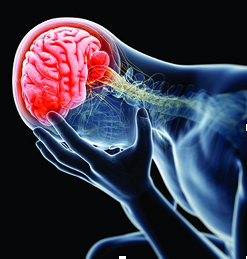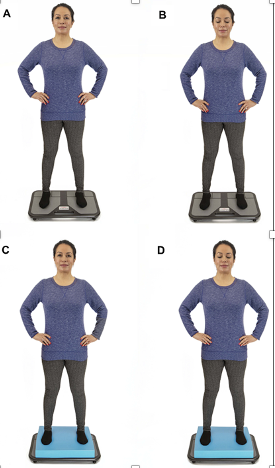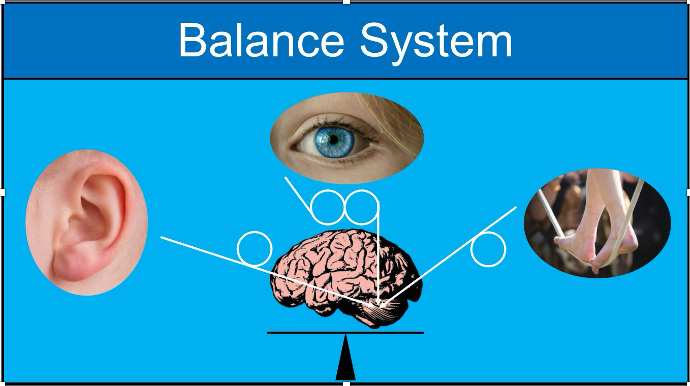Period Of Increased Vulnerability For Repeat Traumatic Brain Injury
Repeat traumatic brain injury affects a subgroup of the 3.5 million people who suffer head trauma each year. Even a mild repeat TBI that occurs when the brain is still recovering from an initial injury can result in poorer outcomes, especially in children and young adults. A metabolic marker that could serve as the basis for new mild TBI vulnerability guidelines is described in an article in Journal of Neurotrauma, a peer-reviewed journal from Mary Ann Liebert, Inc., publishers.
In an Editorial, “The Window of Risk in Repeated Head Injury,” accompanying this article, John T. Povlishock, PhD, Editor-in-Chief of Journal of Neurotrauma and Professor, VCU Neuroscience Center, Medical College of Virginia, Richmond, states that recent studies of TBI in animal models have shown that while repeat injury can exacerbate structural, functional, metabolic, and behavioral responses, “these responses only occur when the injury is repeated within a specific time frame post-injury.”
“Specifically, this window of risk is greatest when the interval between injuries is short, hours to days, while any risk for increased damage is obviated when the intervals between injuries are elongated over days to weeks,” says Dr. Povlishock. It is not yet clear if these time periods of increased risk are age- or gender-specific or depend on the intensity of the initial injury.
A consistent finding following TBI in both humans and animal models is a decrease in glucose uptake by the brain. Mayumi Prins, Daya Alexander, Christopher Giza, and David Hovda, The UCLA Brain Injury Research Center, Los Angeles, CA, simulated single and repeat (after 1 or 5 days) mild TBI in rats and measured cerebral glucose metabolism. They tested the hypothesis that the rats’ brains would be more vulnerable to the damaging effects of repeat TBI at 1 day post-injury, when glucose metabolism was still decreased, than at 5 days, when it had returned to normal levels.
In the article, “Repeat Mild Traumatic Brain Injury: Mechanisms of Cerebral Vulnerability,” the authors propose that the duration of metabolic slowdown in the brain could serve as a valuable biomarker for how long a child might be at increased risk of repeat TBI.




